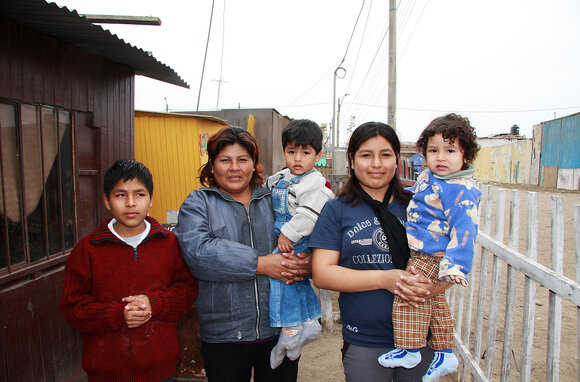This page contains documents and other resources related to children's care in the Americas. Browse resources by region, country, or category.
Displaying 931 - 940 of 1438
This study explored whether the strength of caseworkers' engagement with families in the child-welfare system was associated with the caseworkers' academic degrees, job responsibilities and environments, and/or ethnicity.
This brief documents the evaluation of an online training for Citizen Review Panel (CRP) members in one southeastern state in the United States.
This study uses a large administrative dataset, the Adoption and Foster Care Analysis and Reporting System (AFCARS), to explore how public child welfare agencies in the United States use parental disability in their data collection efforts through examining the use of parental disability as a removal reason.
This study examined two research questions: (1) how do foster care alumni remember their experiences of placement moves in foster care, and (2) how do foster care alumni perceive the consequences of their foster care placement moves on their lives today?
From ethnographic research with unaccompanied children in the United States and Guatemala, this paper explores emergent and, at times, conflicting narratives of care that young migrants encounter while in U.S. federal custody.
In this review, the authors briefly outline who is most at risk for experiencing parental incarceration, before providing an overview of recent multidisciplinary research on the impacts of parental incarceration for American children, ages 0–17.
This paper presents findings from an 18-month randomized controlled trial in which intact families (N = 122) with at least one CPS report were provided with a facilitated connection to a paraprofessional evidence-based HV program or usual care services from child protection.
In this study, the authors examined the process of how relationships are built between Ethiopia adoptees and their adoptive families within the new family setting.
This paper examines the experiences of young people who seek formal humanitarian recognition yet avoid detention by government agencies while in transit from Central America, through Mexico.
National organizations working on behalf of kinship families have several exciting resources to share with the field. This article from the Child Law Practice Today July/August 2017 Issue on Kinship Care highlights some of those resources.

